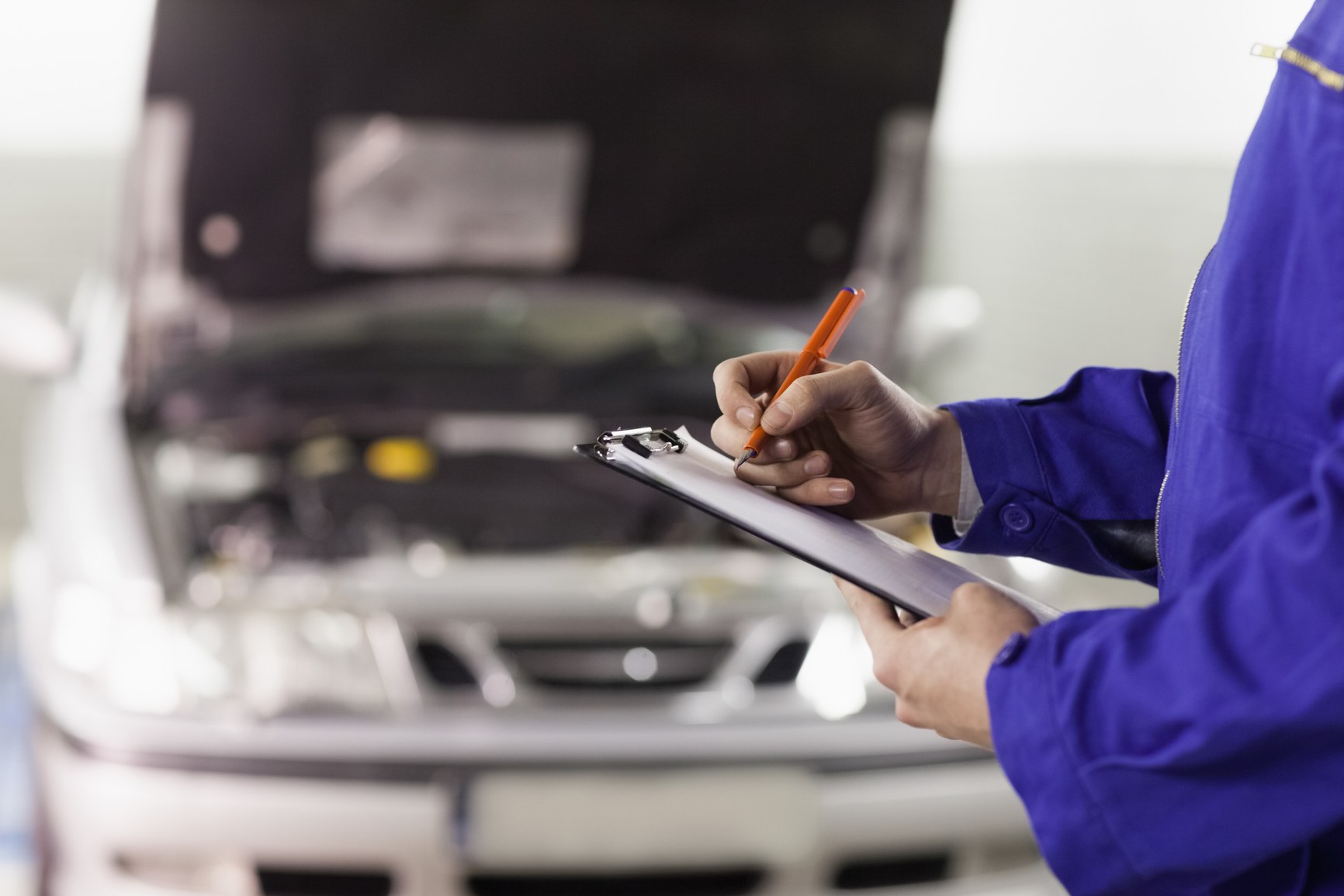Many people begin to fear mechanical troubles as their vehicles accumulate more and more mileage. Of course, these worries are typically warranted because system failures tend to occur more often in cars with excessive miles. However, that doesn’t mean these vehicles are any less useful than others. In fact, providing that they are properly maintained, older machines can last for years.
So, if your car’s odometer reads over 100,000 miles or more, use these maintenance tips to keep components in tip-top shape. That effort might not prevent every breakdown, but it can stop some of them. Hence, if you aren’t all about getting stranded on the side of a road somewhere, start learning to care for your vehicle correctly today.
Obtain an Extended Car Warranty
Going to a local mechanic for auto repairs can leave you with a bad taste in your mouth. That is because the companies often charge people what feels like an arm and a leg for certain jobs. For example, according to research, the cost to replace an eight-cylinder engine can run around $7,000. If you’ve done your research by reading CARCHEX reviews, though, you may end up paying a lot less.
Thankfully, you can keep the financial challenges associated with car repairs at bay with an extended warranty. There are tons of providers and products on the market today, so you’ll need to read some testimonials to determine which options suit you best. You might be able to save yourself some time by looking at the most popular extended warranty providers and reading their customer reviews.
The actual amounts consumers pay for warranties vary. Sometimes, the items only cost people around $1,000. However, they have price tags of $4,000 or more in other instances. Therefore, if money is a concern, be sure to get multiple quotes to ensure you get a stellar deal. Then, after you’ve made the initial investment, once your high-mileage vehicle needs repairs, you’ll only need to pay a deductible to get it fixed.
Keep Clean Oil in the Motor
A vehicle’s oil and oil filter must be replaced every so often. In the past, these tasks were completed at 3,000-mile intervals, but that practice has become somewhat obsolete over the years. Instead, most manufacturers recommend that oil changes occur between 5,000 and 7,000 miles these days. Don’t worry; all of that is actually more complicated-sounding than it is because you can find the oil change information you need for your specific car within the pages of its owner’s manual.
It isn’t a good idea to procrastinate when it comes to oil changes. The substance becomes less effective as it ages and won’t lubricate as well as it once did. Then, internal engine components can lock up and break, causing you a world of trouble. Or, it is sometimes possible for the oil to become thick. If that happens, it won’t be able to travel through the oil pump, filter, or anywhere else, and the engine could blow.
Check Tire Pressure Regularly
The air pressure inside tires can change because of the temperature outside. For example, the PSI may lower or increase because of the heat and cold. Additionally, if your tire picks up a nail, screw, or another sharp object, air can escape from the penetration point and leave the tire low or flat. When wheels aren’t properly inflated, drivers may lose control of their cars and cause accidents on the road. Thus, check the air pressure in your tires at least once per month to avoid accidents that could put your car in the mechanic’s shop.
If your vehicle is somewhat new, keeping an eye open for low tires could be easier than you think. Tire pressure monitoring systems first hit the scene in the late 1980s when Porsche cars were outfitted with them. However, it didn’t take long for the technology to catch on, and now, almost all modern makes and models come equipped with these systems. Don’t fret if your vehicle doesn’t have it, though. Rather, put a tire pressure gauge in your glove box or trunk and use it to check the air pressure manually.
Don’t Forget About Other Fluids
Oil isn’t the only thing that keeps your high-mileage vehicle running like a well-oiled machine. There are other liquids that car owners should check and refill too. For instance, coolant must be examined and kept at the appropriate level to ensure the engine doesn’t overheat.
Meanwhile, other fluids you’ll need to keep an eye on include:
Brake fluid
- Power steering fluid
- Windshield washer fluid
- Transmission fluid
- These liquids lubricate, cool, and keep your car running smoothly. They help automotive systems do the jobs they were designed to do. That’s why you must track their levels in your high-mileage vehicle. Allowing one or more fluids to get low or run out could be a nightmare in the making.
If repairs are needed, they can be expensive. Or, if things are beyond repair, you might find yourself having to splurge on a brand-new vehicle, and that cost could certainly wreak havoc on your budget.
Some Final Thoughts
Hopefully, you are now prepared to maintain your high-mileage vehicle with these tips. It’s always a good idea to make a maintenance to-do list so you can regularly check the levels of oil and other fluids, test tire pressure, and top up fluid levels when needed. With a little bit of effort, you shouldn’t have any problems keeping your car, truck, or SUV on the road for many years to come.









